
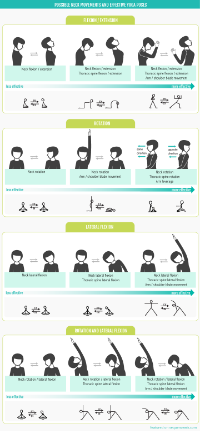 Whenever you design a yoga class aimed at releasing tension in the neck and upper back, it helps to remember the following important points:
Whenever you design a yoga class aimed at releasing tension in the neck and upper back, it helps to remember the following important points:
- Static stretching of the neck is less effective than dynamic movement. Movement helps increase circulation to the neck and release tension.
- We cannot effectively increase circulation to the neck without including the upper body, which means moving the thoracic spine and the shoulder girdle.
- Your yoga practice can release neck tension, or it can create it, depending on how you position your head in different poses.
- Adding various arm movements to traditional yoga poses is an effective way to target specific parts of the neck and upper back. For example, some variations of Virabhadrasana 1 are very effective for dealing with neck and upper back tension.
- It is natural for your head to move in linear fashion. Circling the head is NOT a natural movement for the neck and can create potential problems.
- It is not advisable to take your neck from one extreme to another – from deep cervical extension to fixed cervical flexion, and vice versa. You need to make sure that you use adequate preparation and compensation for more extreme neck positions in some poses (like Camel, Fish, Hare, Shoulderstand, etc.)
Read more about these points in the posts below.
Sequence Wiz blog posts about neck and upper back
6 reasons your yoga practice can become a pain in the neck
Many of us carry tension in our necks. When we go to a yoga class, we hope to come out with our necks feeling better. But that is not always the case. There are certain things that you might be doing in a yoga class that generate neck tension, instead of relieving it. Here are some of them. Read more >
How to stretch your neck and relieve neck tension more effectively
If you are stretching your neck to relieve neck tension, it is like prying open a clenched fist – uncomfortable and ineffective. What do you do instead? Read more >
+ Possible neck movements and effective yoga poses
Doing neck circles can compress your cervical nerves and cause other issues
Circling the head is NOT a natural movement for the neck. When you move the head in an artificial circular pattern, you override the protective mechanism that your body has in place. Neck circles are not safe for you. Here is why >
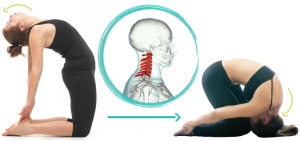 Should we take the body to the maximum bend possible in every direction possible?
Should we take the body to the maximum bend possible in every direction possible?
Is it safe to go straight from Camel pose to Hare pose? On the surface it appears legit – we are using a strong forward bend (Hare pose) to compensate for the deep back bend (Camel pose) – so, basically, after bending one way, we bend the other way. But once we take a closer look, we can see a very specific area of accumulated stress – the neck. Read more >
Sample yoga practices
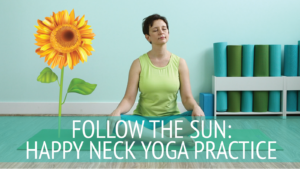 |
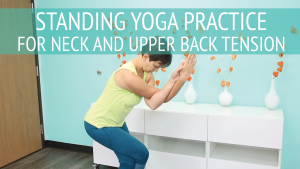 |
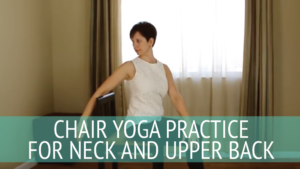 |
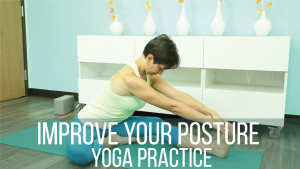 |
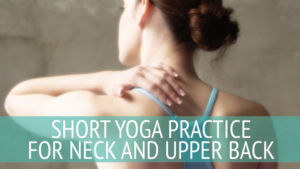 |
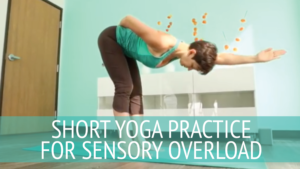 |
Featured Upper Back Favorites from the sequence builder
When you use Sequence Wiz yoga sequence builder, you can choose a body area and get suggestions on poses that work best to address it. Each option includes poses, reasons for using them and movement instructions. Give it a try >
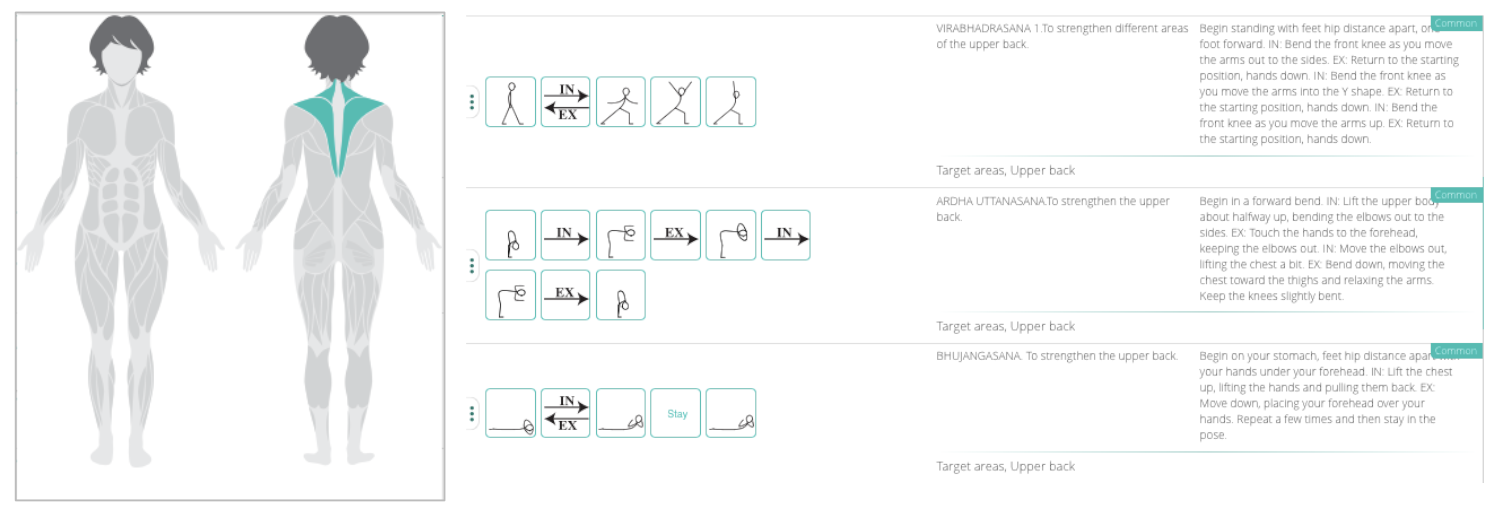
As yoga teachers, we want to help our students feel better in their bodies. This means that often we need to work with specific areas of tension and imbalance. What does it take to create an effective practice to release tension and increase range of motion in a particular part of the body? Some principles are universal, and some are unique to the target area. Here are some ideas on how you can approach it in your yoga classes, as well as some safety precautions that we need to consider. Check it out >
[jetpack_subscription_form]

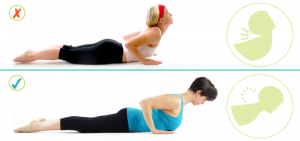


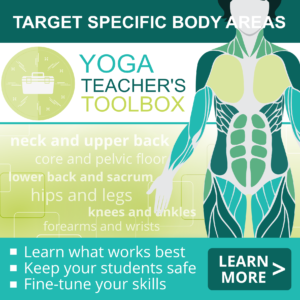
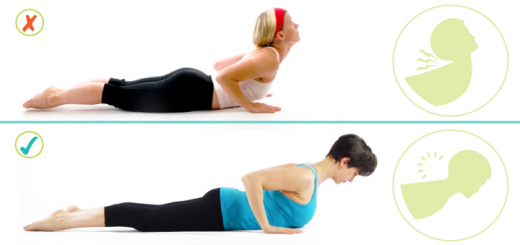
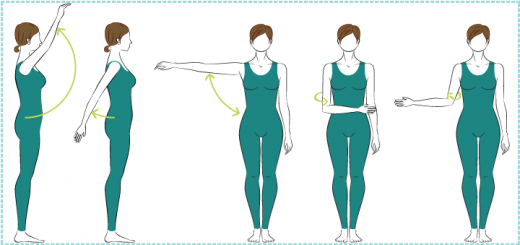
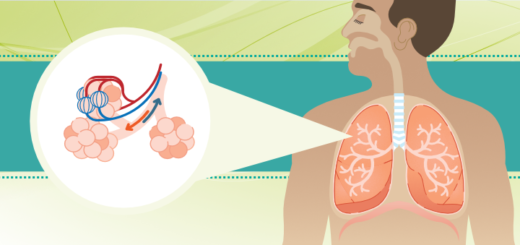
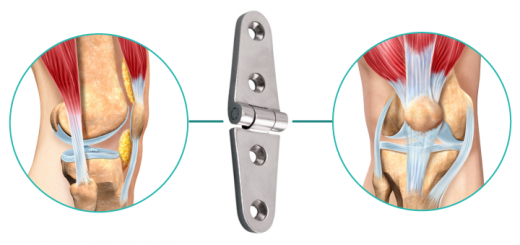
EXCELLENT
Thank you Satya!
Olga,
Thanks so much for your generous posts, they get better and better. They are a wonderful resource to draw on when creative flow is not at it’s best and a store chest of wonders to refer new student teachers towards. This gift you offer is remarkable, thank-you 🙂
Thank you Louise!
I have been looking around for this exact information. Thanks for providing detailed and straight to the point topic. It solved my problem. Keep posting more.